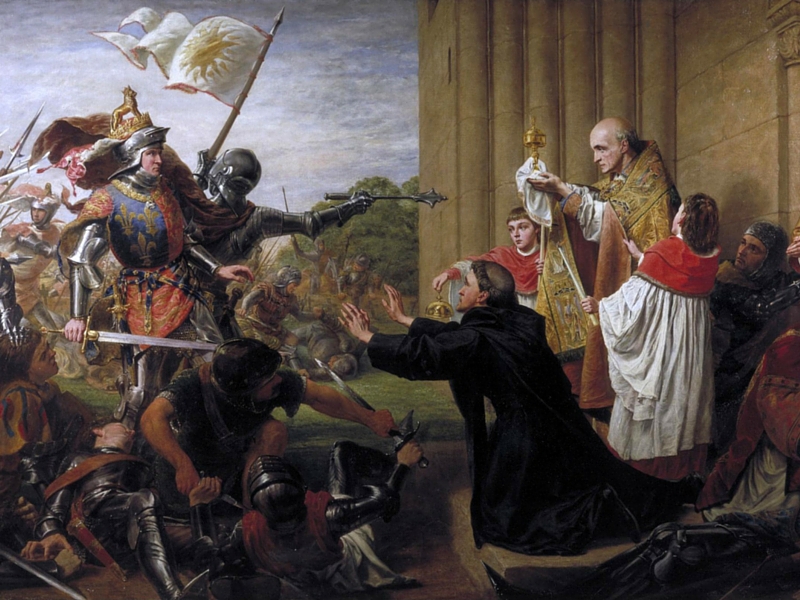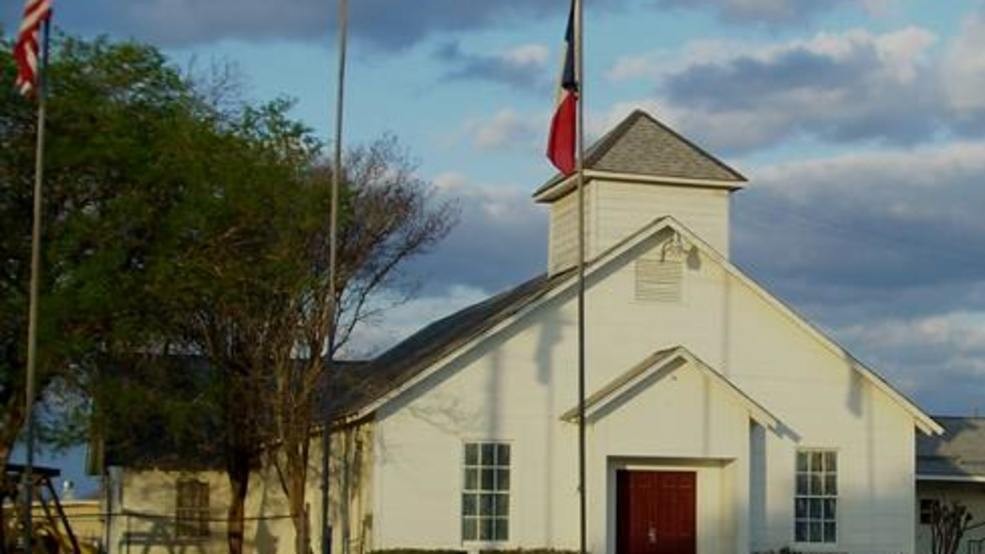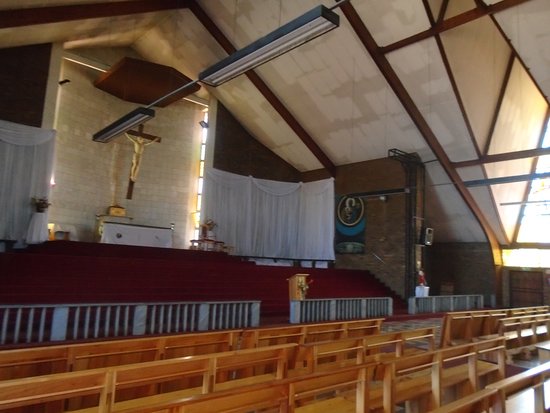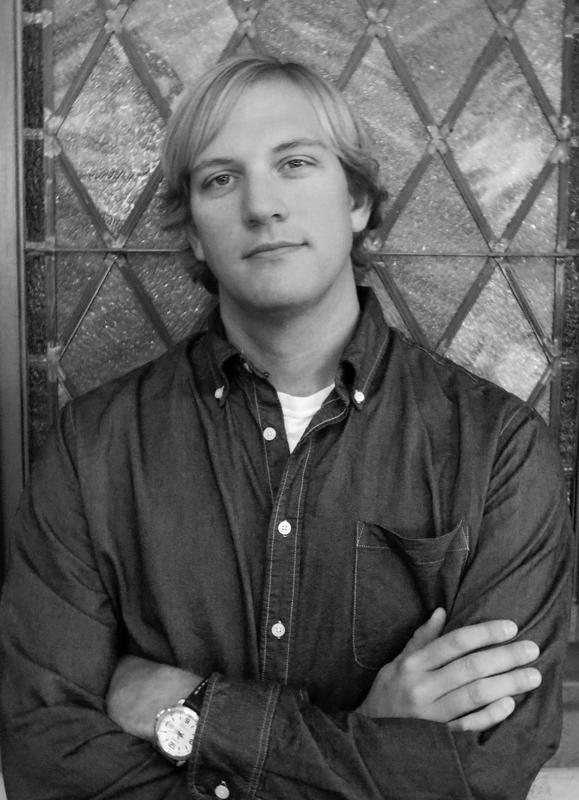|
I was stunned and saddened on Sunday to hear about the shooting at First Baptist Church in Sutherland Springs, Texas. Though mass shootings like this one are beginning to be a regular occurrence in this country of ours, it is a terrible tragedy when people murder innocent churchgoers. It leaves one asking the old, poignant question, Is nothing sacred? The nature and context of this shooting is especially gut wrenching. He shot people in a church? On a Sunday morning where people are gathered to worship and pray to the Almighty God? Even nations at war with one another have respected their enemies right to pray in peace. But not here. A disturbed individual thought that the evil in his soul was best unleashed on the world by taking faithful lives in a sacred space. May that which is born of the Devil hasten its return to the abyss. This incident really hits home for me as one who lives and works at a small church in a small town. Though Texas and Montana are on opposite ends of the country, it is not difficult to imagine what happened down south occurring up north. There are many guns and many unhinged individuals around us and it is possible that somebody close to home would try to imagine a new occasion for extreme evil in our local community. As we pray and mourn for churchgoers who lost their lives this week, we pray that God will protect others and keep this from happening elsewhere.  Painting of church providing sanctuary. Courtesy: GoEverywhere.com Painting of church providing sanctuary. Courtesy: GoEverywhere.com Church has long been a place of sanctuary. In Europe, during the Middle Ages, people could flee to churches to avoid violence and arrest by the authorities.[i] Churches were places that were protected under laws in many countries so as to keep them free from the violence and bloodshed that was rampant elsewhere in the world. Though the legal protections have changed over the years, the perception of church as a place that is safe, peaceful and protected still lingers in the minds of many – including mine. That is why I find the violence of this week, violence committed on holy ground, particularly jarring. I have found myself asking, “What happens when church becomes unsafe?” What happens when the time we devote to supporting one another in our faith, diligently coming before the altar to worship our Savior and receive his mercy in return, is threatened by the terror of bloodthirsty maniacs? What happens when the sanctity of our sacred moments is tainted by the potential of mass murder? What happens when it does not feel safe to bring my beloved son and daughter into the presence of God’s beloved Son? It leaves one crying with the Psalmist, “How long O Lord? Will you forget me forever?” (Psalm 13:1, NRSV). Of course, in these moments, I also find myself remembering that though our sanctuaries have been places of refuge in the United States up until recently, Christian history is filled with people who worshipped the resurrected Jesus of Nazareth when it was not safe for them to do so. The Christian church emerged out of persecution at the hands of Judean authorities who desired to stamp out the new Jesus movement by martyring Stephen (Acts 7) and several others. As Christianity spread across the Roman empire, people were forced to gather in the dark, dank catacombs underneath Rome because it was unsafe to worship in public. Churches have endured tragedy and terror through the centuries as invading armies have killed the faithful in sanctuaries across the Middle East, North Africa and Europe. I find myself wondering from time to time if my ancestors from Denmark were ever part of Viking raids that killed my other ancestors who very likely were worshiping peacefully in sanctuaries in England or Germany when the Scandinavian barbarians attacked. Even Christian leaders have used violence against their own people when they were gathered in holy places that were believed to give them sanctuary. The images of bullet holes in the Regina Mundi Church in a township of Johannesburg, South Africa, continue to stick out vividly in my mind. The church was not shot up by Muslims, Communists, or pagans, but by the white South African authorities who claimed to be God’s chosen ones on earth. I say this not to relativize the horror of anything we have experience as churchgoing Christians this week, but rather to encourage us that our fears are shared by the faithful who have gone before us. God knows that remembering the terrors of the past does little to calm my fears for my two young children who are in worship most every week! Yet, I do find solace in the witness of generations of Christians who have also feared for their children’s safety in worship through the centuries. Just as the faith has passed through generations of Christians graciously sharing the love of God with the ones they love, it has also come to us through eras of great fear and tragic suffering. As we mourn this week, we mourn with generations of Christians who know what it is to suffer for their faith. We are reminded this week that attending church has never been as safe as we would like it to be, but it has always been good. The violence visited upon sacred spaces is pure evil, and, yet, the persistence of this kind of evil is exactly why we attend church in the first place. We believe, as the hymn says, that goodness is stronger than evil and that the demonic forces of our time cannot stand beneath the light of God. Indeed, Christians have faced evil like this for centuries and God has provided for them in the face of those extreme tragedies. God did not abandon them to the evil of their day, nor will God abandon us in our time. The faithful who have gone before us testify to the reality that when the church becomes unsafe, it is still the safest place to be for it is here that death comes to die, giving way to lives that can never be taken from us. “Blessed are those who mourn, for they will be comforted” – Matthew 5:4 [i] https://wun.ac.uk/wun/events/view/sanctuary-violence-and-law-late-medieval-england (Accessed November 7, 2017) AuthorRev. Seth Nelson is a pastor and the author of The Church Unknown: Reflections of a Millennial Pastor. He lives in western Montana with his wife and two children.
0 Comments
Your comment will be posted after it is approved.
Leave a Reply. |
AuthorRev. Seth Nelson, author of The Church Unknown: Reflections of a Millennial Pastor, writes this blog. The blog focuses on the future of the church as well as how God loves and cares for us in the present. He is a pastor in Ronan, Montana. Categories
All
Archives
January 2023
|



 RSS Feed
RSS Feed
